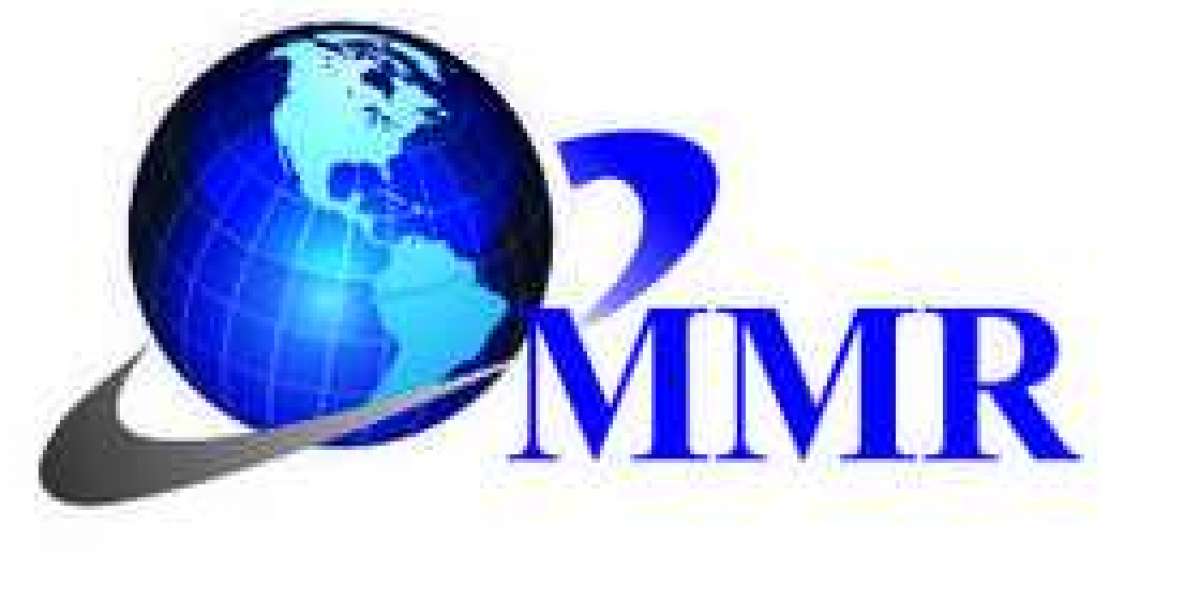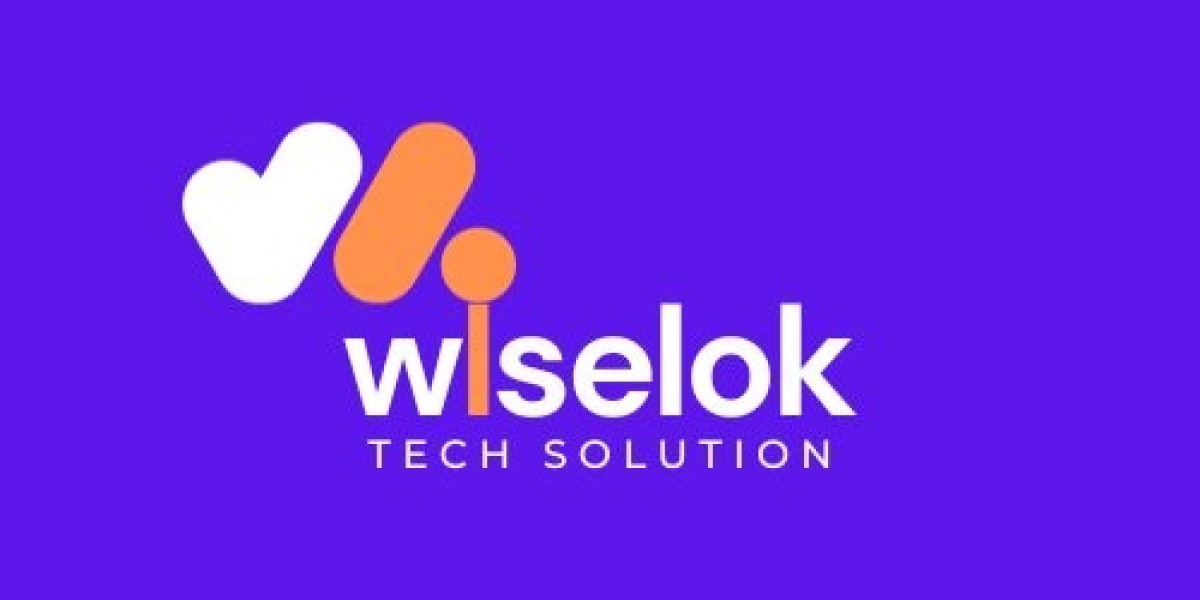Targeted protein degradation has emerged as a revolutionary pharmacological concept that presents both viable and versatile drug development opportunities and is anticipated to introduce a new paradigm in modern healthcare
London
Roots Analysis has announced the addition of “Targeted Protein Degradation Market, 2021-2030” report to its list of offerings.
Small-molecule-induced protein degradation has been demonstrated to possess the potential to drug a broader range of proteinaceous biological targets. It involves the selective recruitment of the body’s inherent protein degradation pathways, to eliminate disease causing / associated proteins, using bifunctional small molecule drugs. Presently, the most popular and promising class of interventions in this field of research, is proteolysis targeting chimeras (PROTACs); these can simultaneously bind a target protein and an E3-ubiquitin ligase, and thereby, facilitate the selective ubiquitination and eventual proteasome-mediated degradation of the target protein. The most interesting feature of this mechanism of drug action is the fact that PROTACs and other targeted protein degraders can eliminate protein targets regardless of their function.
To order this 330+ page report, which features 115+ figures and 180+ tables, please visit https://www.rootsanalysis.com/reports/view_document/protein-degradation-market/289.html
Key Market Insights
Presently, more than 150 targeted protein degradation-based therapeutics are currently under development
Around 75% of the aforementioned candidates are in the preclinical and discovery stages, followed by those that are being evaluated in clinical trials (25%). The these degrader molecules are PROTAC (26), followed by DUB inhibitors (15%), protein homeostatic modulators (14%) and SERDs/SARDs (13%).
Over 40 targeted protein degradation enabling technologies are presently available / under development
Of these, the PROTAC® platform is presently considered the most popular, with 15 product candidates, developed using the same technology, under investigation. On the other hand, there are presently 10 technologies that are designed to design / develop DUB inhibitors.
Around 80 companies claim to be engaged in the development of targeted protein degradation-based therapeutics
Post 2010, there has been a notable surge in the number of companies developing targeted protein degraders. Majority of the firms engaged in this field (57%) are based in North America, followed by Europe (27%) and the Asia Pacific (16%).
Over 80 registered clinical trials are presently assessing targeted protein degradation-based therapeutics, worldwide
It is worth mentioning that most of the clinical research in this direction is being conducted in Europe (60%), followed by North America and the Asia Pacific. However, more than 40% of the total number of patients enrolled in such trials are in North America.
Over 770 grants have been awarded to support research on targeted protein degradation-based therapeutics, since 2016
An estimate total of USD 345 million in grants have been awarded to various organizations working in this domain, during the period between January 2016 to December 2020. Almost 40% of the total number of grants were provided by the National Cancer Institute.
More than 14,500 patents have been filed / granted related to targeted protein degradation enabling technologies, since 2018
Around 50% of these intellectual property documents were filed / granted in the US; other key regions with significant intellectual capital include Australia, China, Japan, Canada and Korea. Leading non industry players (in terms of the size of intellectual property portfolio) include the University of California, Massachusetts Institute of Technology, Broad Institute, Harvard College and Dana Farber Cancer Institute.
Partnership activity within this domain has grown significantly between 2014 and 2021
The maximum number of partnerships for targeted protein degradation-based therapeutics were signed in 2018. RD agreements (25%) and research agreements (23%) emerged as the most popular types of partnership models adopted so far, by stakeholders in this industry.
the foreseen future. North America is expected to capture over 55% of the market share by 2030.
To request a sample of this report, please visit https://www.rootsanalysis.com/reports/289/request-sample.html
Key Questions Answered
- Who are the leading industry and non-industry players in this market?
- What are the key therapeutic areas for which targeted protein degraders are being / have been developed?
- Which geographies are more active in conducting clinical trials on targeted protein degraders?
- What kind of partnership models are commonly adopted by industry stakeholders?
- Which are the leading administering institute centers supporting research in this domain?
- What is the trend of capital investments in the targeted protein degradation market?
- How has the intellectual property landscape in this market evolved over the years?
- How is the current and future market opportunity likely to be distributed across key market segments?
The USD 3.3 billion (by 2030) financial opportunity within the targeted protein degradation enabling technologies market has been analyzed across the following segments:
- Type of Payment
- Upfront Payment
- Milestone Payment
- Types of Protein Degraders
- Degronimids
- PROTACs
- SARDs / SERDs
- Specific BET and DUB Inhibitors
- Other Inhibitors
- Therapeutic Areas
- Oncological Disorders
- Neurological Disorders
- Others
- Route of Administration
- Oral
- Intravenous
- Others
- Key Geographical Regions
- North America
- Europe
- Asia-Pacific
The research includes detailed profiles of key players (listed below); each profile features an overview of the company, its financial information (if available), brief descriptions of its proprietary drug(s) and an informed future outlook.
- Arvinas
- AstraZeneca
- BioTheryX
- C4 Therapeutics
- Captor Therapeutics
- Celgene
- Genentech
- Hinova Pharmaceuticals
- Kangpu Biopharmaceuticals
- Kymera Therapeutics
- Mission Therapeutics
- Progenra
- Radius Health
- Sanofi Genzyme
- Zenopharm
For additional details, please visit
https://www.rootsanalysis.com/reports/view_document/protein-degradation-market/289.html
or email [email protected]
You may also be interested in the following titles:
- Immunocytokines Market, 2021–2030
- Non-Viral Drug Delivery Systems Market, 2021-2030
- TCR-based Therapies Market, 2021-2030
Contact Details
Ben Johnson
+1 (415) 800 3415
Roots Analysis
Web: https://www.rootsanalysis.com/
LinkedIn: https://in.linkedin.com/company/roots-analysis
Twitter: https://twitter.com/RootsAnalysis.com
Medium: https://medium.com/@RootsAnalysis
Pinterest: https://in.pinterest.com/RootsanalysisPin/_saved/



